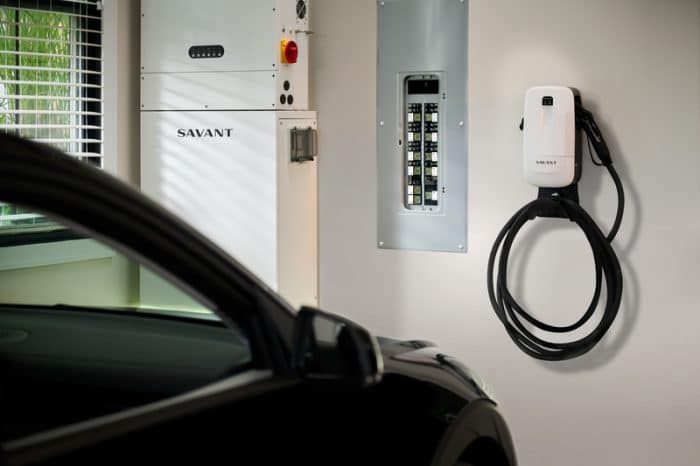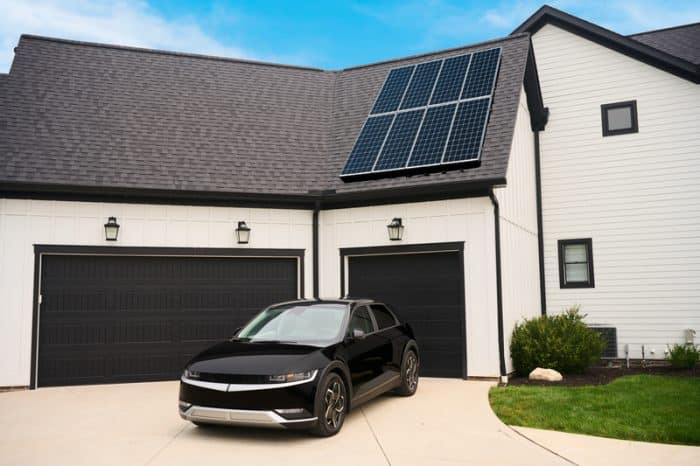Navigating the solar energy storage landscape

The age of renewable energy is not just emerging but flourishing, with solar power stealing the limelight. The true challenge in solar energy right now is in storing that PV power and effectively utilizing it.
Solar batteries are indispensable to the renewable energy movement. They are the gatekeepers determining how we utilize stored energy when the sun isn’t shining, be it on overcast days, at night, or at peak energy demand. Given the variety of battery chemistries this article aims to educate on key differences in performance that should be considered.
Useful Life vs. Warrantied Life
It’s vital to differentiate between a solar battery’s useful life and its warrantied life. While the useful life of a battery pertains to its overall lifespan and how it functions as it ages (often showing diminished capabilities when reaching about 60% of its original health), the warrantied life is a manufacturer’s assurance of the battery’s optimal performance. This assurance extends to a decade or even longer for many lithium-ion solar batteries. Impressively, Lithium-based batteries frequently surpass these warranty expectations.
Factors Influencing Battery Lifespan
Gone are the days when lead-acid batteries were the go-to choice. Today, the more efficient and durable lithium-ion batteries dominate the market. The NMC chemistry, an early lithium variant, is energy-rich and lightweight. However, its potential fire hazards have raised safety concerns. While NMC-based batteries are excellent for vehicles due to weight considerations, mining Nickel Manganese Cobalt (NMC) brings up ethical considerations.
In contrast, the Lithium Iron Phosphate (LFP) chemistry is touted for its safety, enhanced cycle life, and increasing market presence. The main drawback to LFP is bulkier size and weight, which can be a concern when considering space for installation.
The choice of battery chemistry is crucial, given its long-term implications.
Battery Cycling: The frequency with which a battery is charged and discharged inversely affects its longevity. While lead-acid batteries have a decent lifespan, they demand regular maintenance. On the other hand, the NMC Lithium-Ion variant offers powerful performance. Still, it falls short in terms of cycle life when compared to the Lithium Iron Phosphate chemistry. The latter often surpasses 4000-6000 cycles within a ten-year warranty period and still remains operational beyond that.
Depth of Discharge (DoD): A higher DoD means a battery can utilize a more significant portion of its stored energy before necessitating a recharge, often correlating with a lengthier lifespan. Historically, lead-acid batteries operated at 50% DoD, allowing a small number of years of service. However, when comparing the cost-to-benefit ratio, they may not be as practical as their Lithium-based counterparts.
Lithium-ion batteries, encompassing varieties like NMC and Lithium Iron Phosphate, have a substantially deeper DoD capacity. Remarkably, these batteries can be revitalized even when drained to a complete 0% charge. This is attributed to the blackstart capability, which some manufacturers now incorporate. Blackstart enables an energy storage system to autonomously recharge batteries from a fully depleted state. For those looking into energy storage solutions, a Lithium-Ion foundation, especially one rooted in Lithium Iron Phosphate chemistry, is a compelling choice.
Maintenance & Environmental Conditions: Ensuring a battery’s longevity and optimal functionality hinges on regular maintenance and adherence to specified temperature ranges. When opting for a Lithium-ion-based solution, it’s pivotal to recognize the significance of maintenance and environmental conditions in preserving the system’s life and performance.
When planning the installation of your system, it’s imperative to be proactive about its location to optimize its longevity and performance. While many contemporary systems are designed for indoor and outdoor placements, a consensus among manufacturers is the recommendation against positioning in direct sunlight or on south-facing walls. Most Lithium-Ion batteries have an operating temperature between 36 degrees and 118 degrees Fahrenheit. Safety protocols activate when the system encounters temperatures outside its operational range, placing the system in standby mode and preventing both charging and discharging. This safety response also kicks in during hotter conditions, especially when temperatures soar between 110-118 degrees Fahrenheit.
Beyond considerations of temperature, Lithium-based batteries generally require minimal maintenance. Still, careful attention to temperature guidelines and strategic system design before installation is essential to ensure lasting performance and utility.
Solar Panels + Batteries Lifespan Considerations

Premium solar panels are designed to last up to 25 years. However, achieving a similar battery lifespan proves to be a significant hurdle for manufacturers. This discrepancy primarily results from diverse daily usage patterns. Each household has distinct energy needs, which makes it challenging for the industry to provide warranties that match those of solar panels.
As highlighted, environmental factors, installation placements, and daily consumption habits significantly influence battery cycles. Consequently, many battery manufacturers conservatively set their warranty periods around the 10-year mark. Some manufacturers frame their warranties in terms of throughput, a departure from the more traditional cycle-centric approach. It’s worth noting that third-party manufacturers offer extended warranties, and some leasing entities even push the manufacturer’s standard warranty beyond the customary ten years. Notably, the anticipated return on your investment is expected to be realized well before the warranty’s ends, ensuring benefits even after the warranty concludes.
The Savant Power Storage 20

Savant Power Systems is paving the way for the future of energy storage with its premier product. Tailored to serve a broad spectrum of customers, from individual homeowners to seasoned electrical and solar professionals, it provides versatility for isolated and grid-connected scenarios.
Its hybrid inverter, compatible with both DC and AC coupling and boasting an initial storage capacity of 20 kWh and a 12.5 kW continuous output, makes this system more than just a product; it’s a lasting commitment to sustainable energy. As your energy demands increase, you can effortlessly integrate more units, enhancing the continuous power and storage capacity.
With just a single Savant Power Storage 20 unit, comprehensive home backup becomes attainable, especially when paired with theSavant Flexible Load Management.
The Journey Ahead with Savant: The quest for efficient and practical energy storage solutions intensifies as the world collectively marches towards a greener future. With its focus on adaptability, efficiency, and expandability, Savant Power Systems stands poised to lead the charge in this renewable energy revolution. Adopting solar energy isn’t just about shifting to an environmentally friendly power source. It’s about making well-informed decisions that future-proof our energy needs. Solutions like the Savant Power Storage 20 are not just investments in technology but also in a sustainable, reliable future.
This post was contributed and sponsored by Savant.
Tags: Savant Power




Comments are closed here.